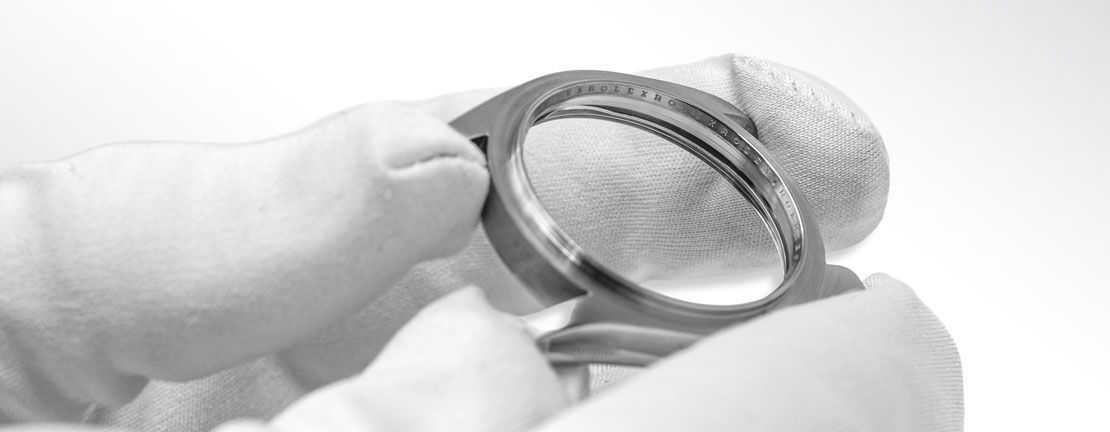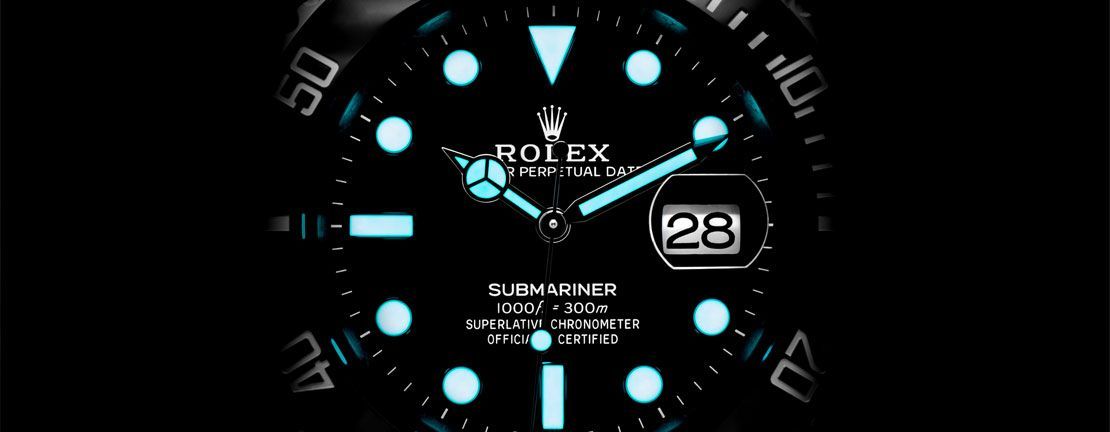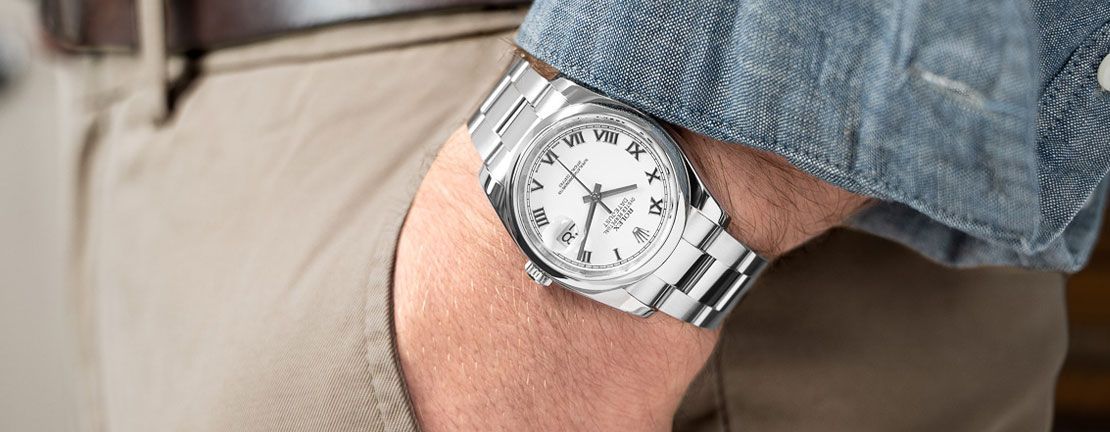Few subjects spark more debate among watch collectors than Rolex’s proprietary “Oystersteel,” the 904L stainless-steel alloy the brand adopted in the late 1980s. Built to shrug off saltwater spray, perspiration, and decades of daily wear, 904L has become one of the quiet reasons a modern Rolex feels (and looks) indestructible.
Key takeaways:
- 904L is Rolex’s special steel (“Oystersteel”)—tougher and brighter than the steel most other brands use.
- Resists rust and sweat—great for saltwater, pool chlorine, and everyday wear.
- Holds its shine longer—harder surface means fewer scratches and a whiter polish.
- Gentle on skin—less likely to cause irritation even though it has more nickel.
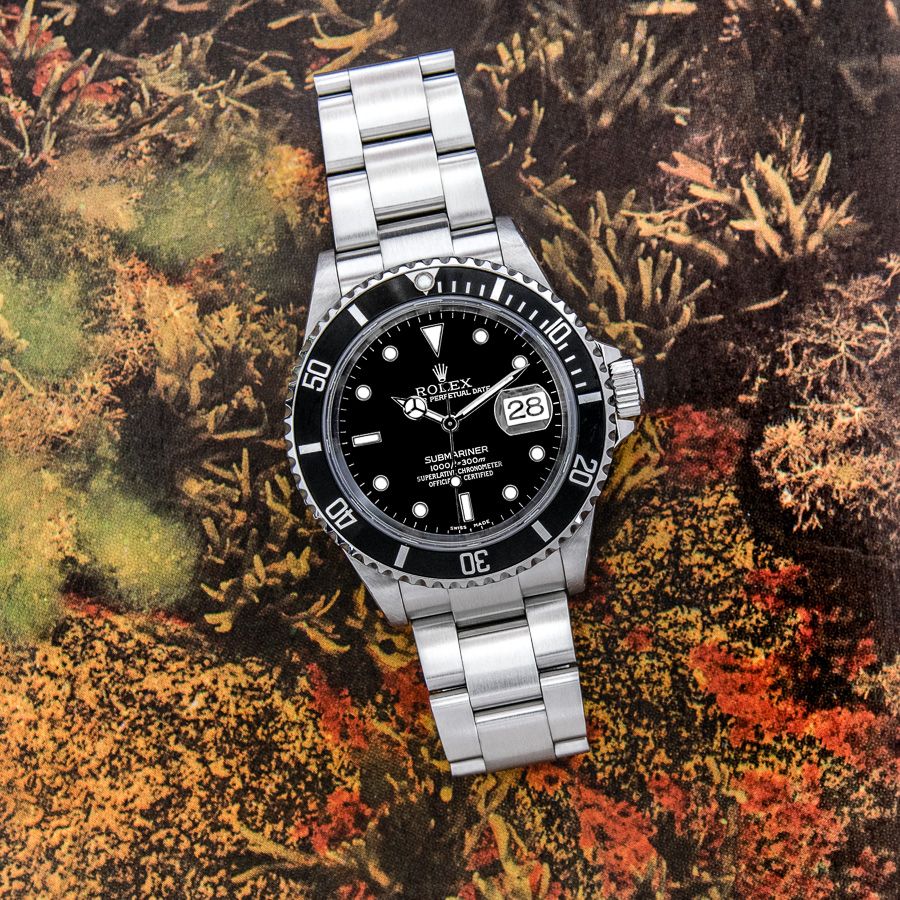

Rolex Submariner Date 16610 in 904L Stainless Steel with a Black Dial
What Is 904L Stainless Steel?
In the watchmaking industry, stainless steel is a common material, but Rolex elevates it with 904L stainless steel. A high-grade stainless steel alloy that is used is resistant to corrosion and high temperatures. It is richer in copper, nickel, and chromium than the typical 316L stainless steel found in most timepieces.
904L Stainless Steel vs. 316L Stainless Steel
While most high-end, luxury watch companies utilize 316L stainless steel, Rolex uses 904L stainless teel in timepiece production. While they both have the same grade of hardness, 904L has a slightly higher nickel discharge, and thus a slightly higher resistance to corrosion. 904L is mainly used in industry applications handling chlorides, sulfur dioxide gas or other toxic materials. While this may sound like overkill for use with luxury wristwatches, it's just another example of the quality of Rolex where only the best will do.
Why Rolex Calls it "Oystersteel"
Rolex re-branded 904L as Oystersteel to align the material with the brand’s historic “Oyster” case—the first truly waterproof wristwatch housing (1926). According to Rolex’s technical white paper, 904L’s yield strength and PRE-N score give it the durability needed for watches that may jump between the ocean, the cockpit, and the boardroom without missing a beat.
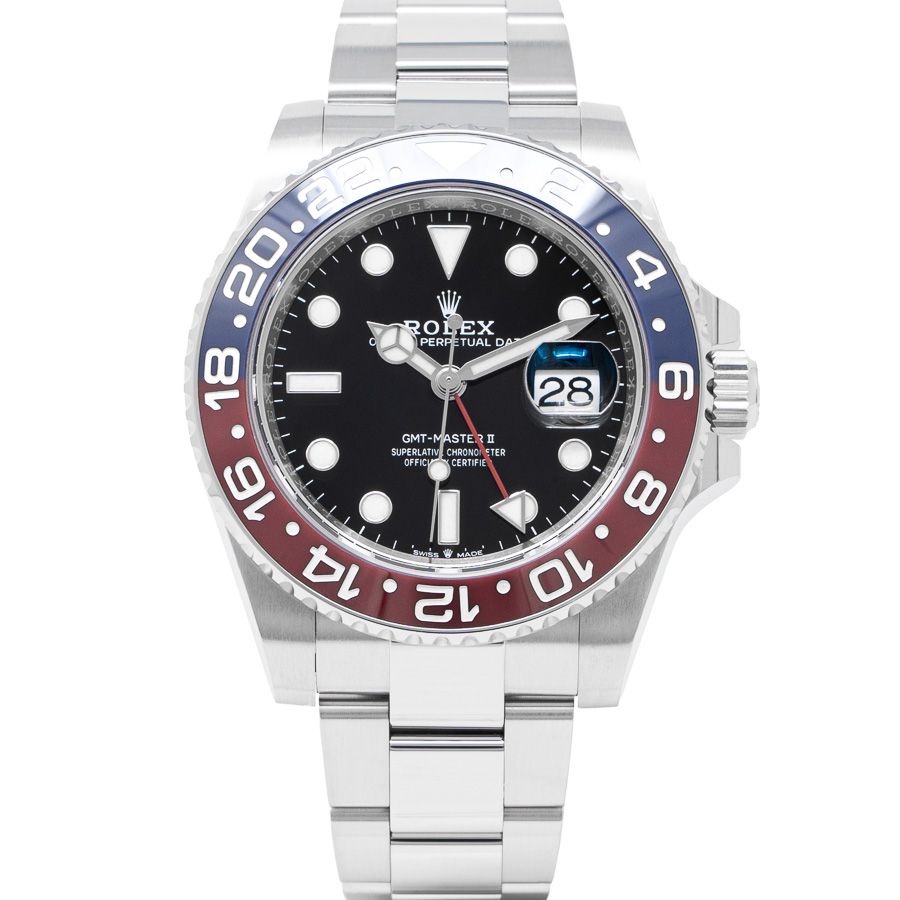

Rolex GMT-Master II 126710BLNR in 904L Stainless Steel
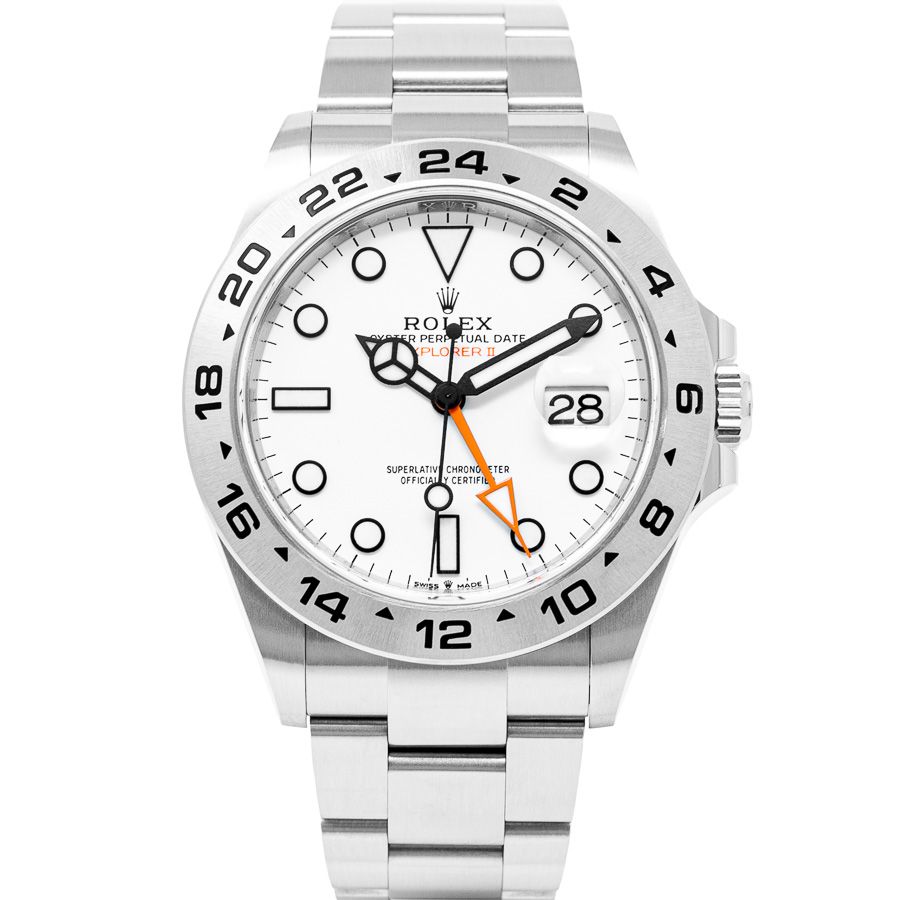

Rolex Explorer II 226570 in 904L Stainless Steel


Rolex Datejust 41 126300 in 904L Stainless Steel
Benefits of 904L for Daily Wear
- Superior corrosion resistance
Sweat, seawater, chlorine, and even cosmetic chemicals roll off 904L with minimal risk of pitting. - Harder, brighter finish
The alloy polishes to a mirror-like sheen and retains it longer than 316L before micro-scratches appear. - Hypoallergenic profile
The extra nickel is bound in austenitic crystal form, reducing the likelihood of skin reactions. - Long-term value
Enhanced durability translates into fewer case refinishes and stronger resale prices down the line.
Caring for Your 904L Rolex
- Monthly rinse – Warm water, mild dish soap, and a soft toothbrush keep grime from dulling the case.
- Annual pressure test – Even Oyster cases need a gasket inspection to maintain waterproofness.
- Professional polish only – 904L’s hardness requires proper wheels and compounds to avoid over-rounding edges.
Looking to add or upgrade? Browse our current steel watches inventory or speak with a Watch Chest advisor.


Rolex Yacht-Master II 116680 in 904L Stainless Steel
Frequently Asked Questions
- Is 904L better than 316L for people with metal allergies?
Yes. Although 904L contains more nickel, its crystal structure traps nickel ions, making allergic reactions less common. - Does 904L scratch more easily than 316L?
No—its higher hardness means light desk-diving marks form more slowly, and they polish out more cleanly. - How do I polish 904L stainless steel at home?
We don’t recommend DIY polishing. Micro-abrasions can distort crisp lug lines; leave refinishing to a certified watchmaker. - When did Rolex switch to 904L?
Rolex began phasing in 904L on the Sea-Dweller in 1985 and completed the transition across sports models by the early 2000s.

